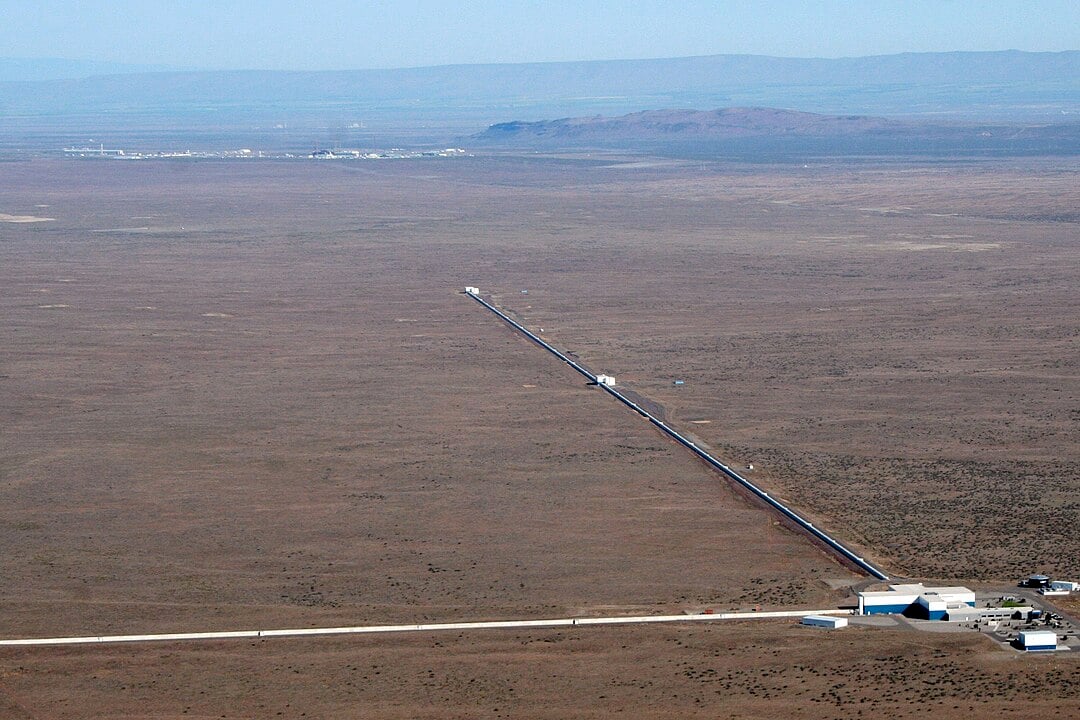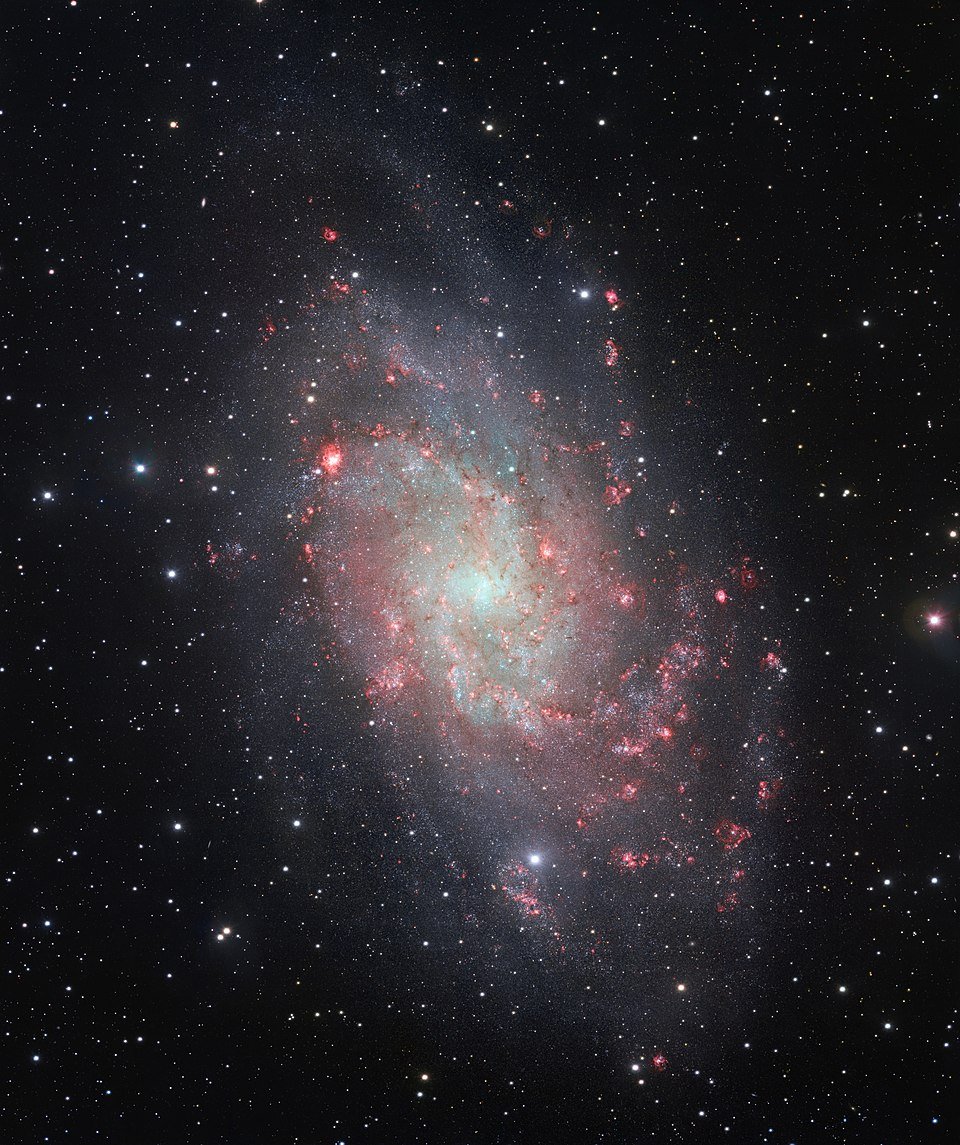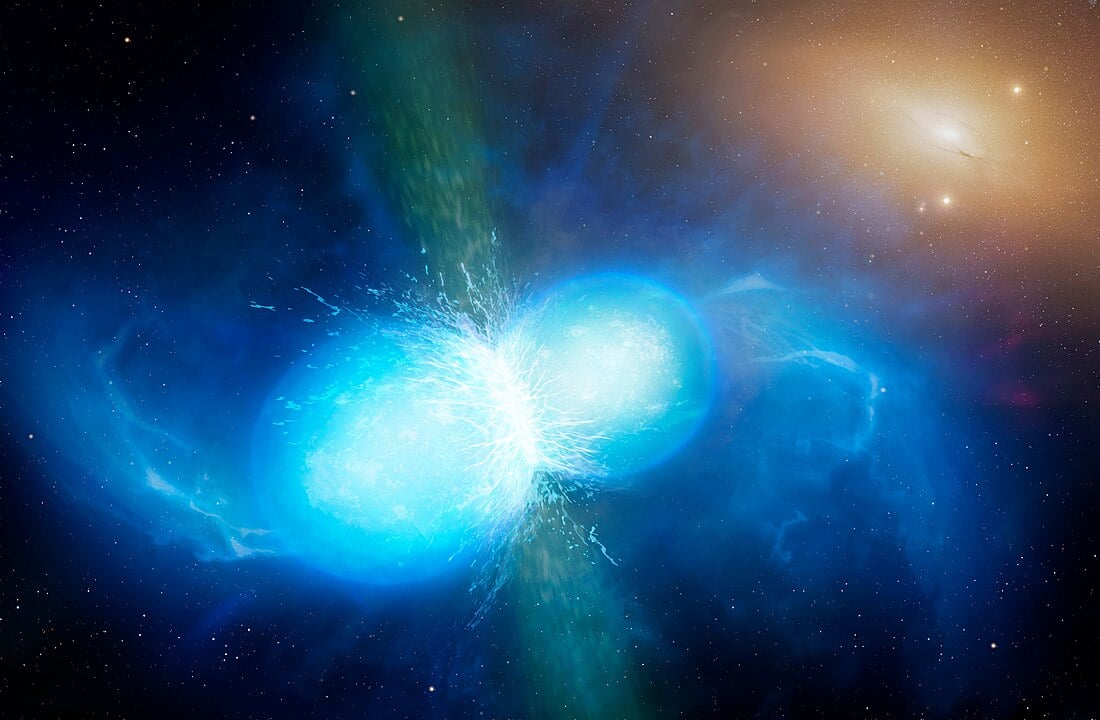Gravitational waves are tiny distortions in spacetime itself, created when massive objects like black holes or neutron stars collide. These waves stretch and compress space as they pass through, but the effect is incredibly subtle, far smaller than the width of a proton. When Einstein predicted gravitational waves over a century ago, he likely never imagined that magnets could one day detect these gravitational ripples. Yet new research led by Valerie Domcke from CERN reveals that magnetic systems can function as exceptionally sensitive gravitational wave detectors, offering a fresh approach to studying some of the universe’s most violent events.
Albert Einstein (Credit : Oren Jack Turner)
Traditional gravitational wave detectors like LIGO use laser interferometry to measure these minuscule changes in distance. The new research proposes a completely different approach, using the magnetic fields themselves as sensors. The concept relies on a fascinating physical principle. When a gravitational wave passes through a direct current (DC) magnetic field, it couples with the conducting wires that carry the electrical currents generating that magnetic field. This interaction causes the wires to oscillate at the same frequency as the gravitational wave.
These oscillating currents then produce an alternating current (AC) component that can be measured and analysed. Essentially, the magnetic system transforms the gravitational wave’s spacetime distortion into a detectable electrical signal. The researchers describe this setup as creating a type of resonant mass detector called a “magnetic Weber bar,” named after physicist Joseph Weber, who pioneered gravitational wave detection in the 1960s.
 LIGO Observatory is a traditional gravitational wave detector (Credit : LIGO Laboratory)
LIGO Observatory is a traditional gravitational wave detector (Credit : LIGO Laboratory)
What makes this approach particularly promising is its sensitivity range. The magnetic detectors show exceptional performance across frequencies bounded by the mechanical and electromagnetic resonant frequencies of the system. This broad sensitivity could complement existing detectors, which are optimised for specific frequency ranges.
Perhaps most intriguingly, this discovery creates an unexpected connection between two cutting edge fields of physics. The concept works particularly well with powerful magnets already being deployed in the search for axion dark matter, hypothetical particles that could explain one of the universe’s greatest mysteries.
Experiments like DMRadio and ADMX-EFR use sophisticated magnetic systems to hunt for these elusive dark matter particles. The new research suggests these same systems could simultaneously serve as gravitational wave detectors, essentially getting two experiments for the price of one.
 The study of galaxies like M33 reveals the presence of dark matter through the motion of stars in the outer regions (Credit : ESO)
The study of galaxies like M33 reveals the presence of dark matter through the motion of stars in the outer regions (Credit : ESO)
This dual purpose capability represents more than just technological efficiency. It demonstrates how advances in one area of fundamental physics can unexpectedly benefit another, potentially accelerating discoveries in both gravitational wave astronomy and dark matter research.
While this research establishes the theoretical foundation for magnetic gravitational wave detection, the next steps involve demonstrating the concept experimentally and optimising the sensitivity. As dark matter search experiments continue to deploy increasingly powerful magnetic systems, they may soon provide the first real world tests of this innovative detection method.
This convergence of gravitational wave astronomy and dark matter research exemplifies how modern physics continues to reveal unexpected connections between seemingly separate phenomena, potentially opening new avenues for understanding our universe’s most fundamental mysteries.
Source : New Type of Detectors Could Search for Gravitational Waves with Magnets
